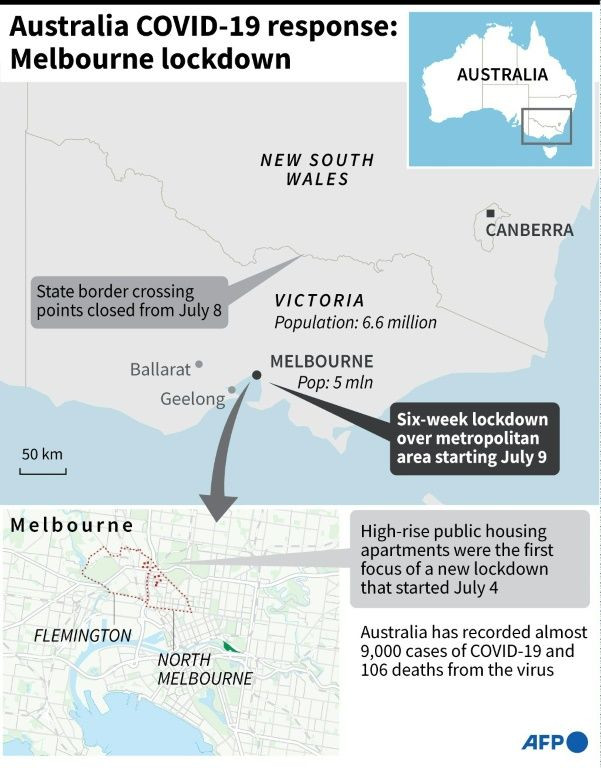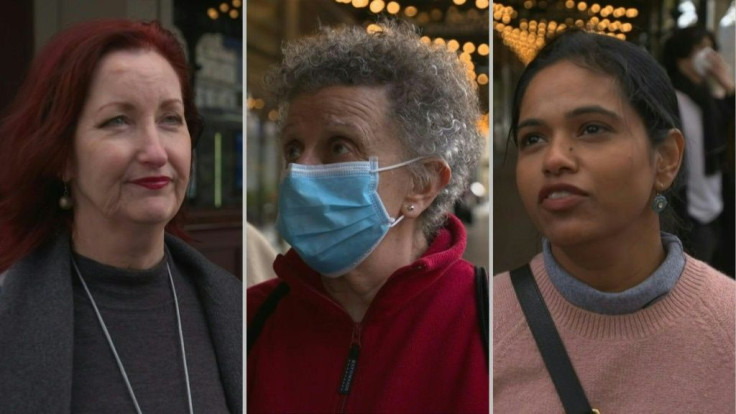Australia Cuts Citizen Returns As Virus Surge Worsens
Australia will slash the number of returning citizens allowed into the country by half as it struggles to contain a worsening coronavirus outbreak in its second-largest city, officials announced Friday.
From Monday, only 4,000 Australian citizens or permanent residents will be allowed back into the country each day, down from around 8,000 currently, Prime Minister Scott Morrison said.

He said the move was needed to focus resources on countering the "very concerning" virus surge in Melbourne, where authorities reported a record 288 new cases of COVID-19 in the past 24 hours.
It was the highest daily jump in new infections since the outbreak took off in Melbourne in mid-June, with officials linking the increase to a record amount of testing for the virus.

"It was always going to get worse before it got better," said Daniel Andrews, the premier of the state of Victoria which includes Melbourne.
"We are doing more testing than has ever been done, not by a small margin, but by a massive margin," he said, adding that more than 30,000 people had been tested in the previous 24 hours.

Some five million residents of greater Melbourne were ordered into a six-week, stay-at-home lockdown this week in an effort to curb the outbreak, which has rattled a nation that had successfully contained the epidemic in most areas weeks ago.
Victorians have also been barred from travelling to the country's other states and territories.

Health authorities said it would take several weeks to know if the Melbourne lockdown had succeeded in stemming the surge.
And for the first time in Australia, they recommended that people wear masks in public if they are unable to observe proper social distancing when in the Melbourne region.
Australia closed its international borders to all but returning citizens and permanent residents in late March as the pandemic spread.
All returning travellers have been put in mandatory hotel quarantine, stretching resources in the country's main cities.
Health and security breaches in quarantine hotels in Melbourne have been blamed for sparking the outbreak there, and returning overseas travellers have accounted for the majority of the country's COVID-19 cases.
While the situation worsened in Melbourne, Queensland state in the northeast opened its domestic borders Friday to people from everywhere but Victoria for the first time in more than three months.
The state is the premier vacation destination during the southern winter, and tourists flocked to take advantage of its beaches, tropical forests and the Great Barrier Reef.
The nation of 25 million has so far recorded just over 9,000 COVID-19 cases, 106 of them fatal. Most states and regions have reported few or no new daily cases of the disease in recent weeks.
© Copyright AFP 2024. All rights reserved.





















